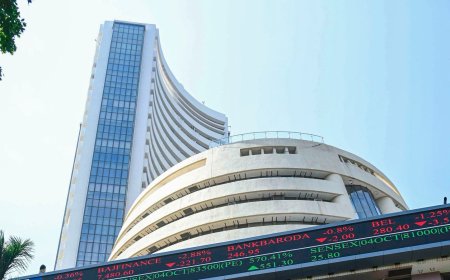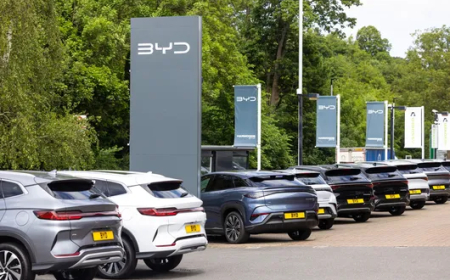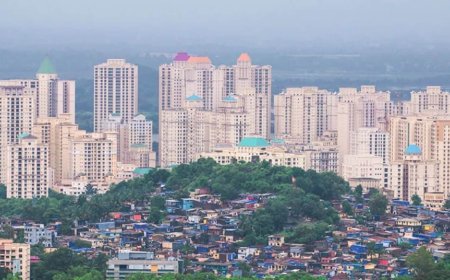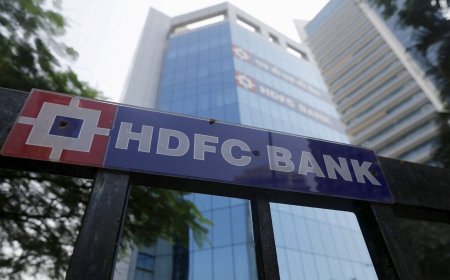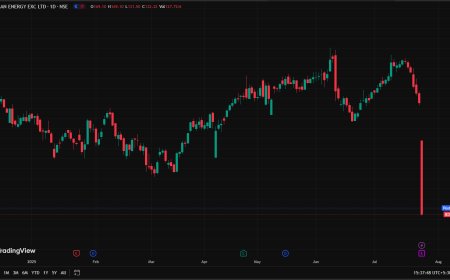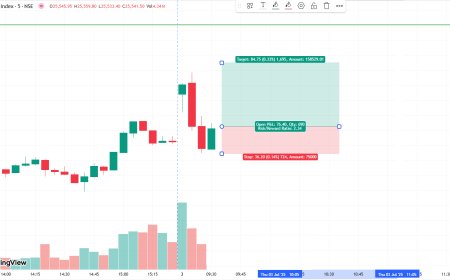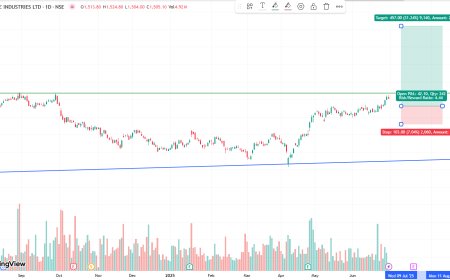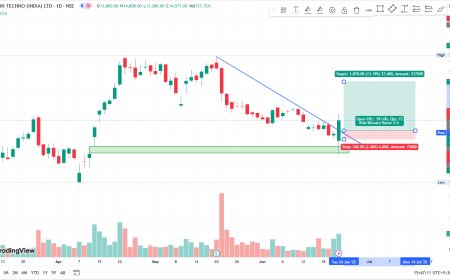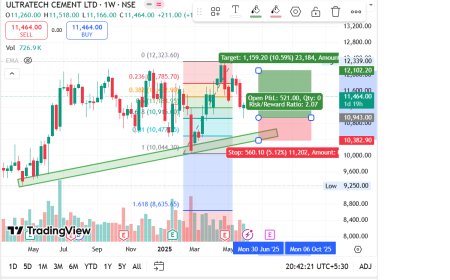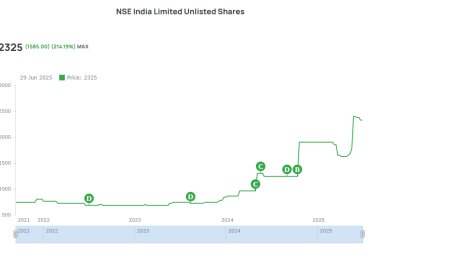India Housing Outlook Shows Cracks Amid Demand Slowdown
India's housing market is witnessing a demand slowdown amid rising property prices and EMI burdens. Analysts expect moderation in sales and focus on affordable housing solutions.

A Cooling Market After a Post-Pandemic Boom
India's housing market, which rebounded robustly following the pandemic, is beginning to show signs of fatigue. Fresh data from real estate analytics firms and housing finance companies point toward a deceleration in demand, especially in key urban centers like Mumbai, Bengaluru, and Delhi-NCR. While overall sentiment remains cautiously optimistic, the momentum that defined the past two years appears to be losing steam.
According to the latest report from Knight Frank India, residential sales in Q1 2025 fell by 7% year-on-year, marking the first decline in eight quarters. New launches also dipped by 5%, with developers citing unsold inventory and tighter lending conditions as primary reasons.
Demand-Supply Mismatch Emerging Again
Several analysts believe that housing affordability is slipping out of reach for many middle-income buyers. Rising home loan interest rates—despite the Reserve Bank of India holding the repo rate steady since early 2024—have increased EMI burdens significantly. At the same time, property prices in top cities have surged by 20–30% since 2022, driven by a mix of rising construction costs and premium housing launches.
"The demand we saw in 2022 and 2023 was a result of pent-up buying during the pandemic and favorable interest rates," said Anuj Puri, Chairman of Anarock Group. "Now, the sector is entering a normalization phase. Affordability stress, particularly in Tier-I cities, is starting to impact absorption rates."
This imbalance is also visible in the unsold inventory levels, which have started inching upward. According to PropEquity, unsold stock across the top 8 cities increased by 6% quarter-on-quarter in Q1 2025.
Luxury Segment Resilient, Affordable Housing Under Pressure
While the broader market cools, the luxury segment continues to attract wealthy buyers. Data shows that units priced above ₹1.5 crore witnessed stable demand, especially in markets like Gurugram and South Mumbai. On the flip side, affordable housing, once a cornerstone of India's urbanization push, has borne the brunt of the slowdown.
"Affordable housing has been most affected due to inflationary pressure and stagnant wage growth among lower-income groups," said Pankaj Kapoor, CEO of Liases Foras. "Without targeted government incentives or subsidy support, this segment could remain weak for the foreseeable future."
Industry insiders are urging the government to consider revisiting schemes like the Credit-Linked Subsidy Scheme (CLSS) under PMAY (Urban), which expired in 2022, to reinvigorate demand among first-time buyers.
Investor Sentiment Moderates
Real estate developers are now scaling back launch plans to focus on existing projects. Some large listed players like DLF, Oberoi Realty, and Sobha Ltd. have reported mixed quarterly earnings, with net profit margins narrowing slightly due to increased operational costs and marketing expenses to boost sales.
Investor sentiment in housing-related stocks and REITs has also turned cautious. The Nifty Realty Index has corrected around 8% over the past three months, underperforming the broader markets.
"The market is not in distress, but we’re definitely seeing signs of a cyclical slowdown," said Ramesh Nair, CEO, Colliers India. "Investors should expect muted returns from residential real estate in the next 2–3 quarters, unless there’s a policy catalyst or interest rate cut."
Tier-II and Tier-III Cities Offer Glimmers of Hope
Interestingly, the demand slowdown appears more pronounced in major metros, while smaller cities are still showing relative resilience. Cities like Indore, Kochi, Lucknow, and Surat have seen steady buyer interest, thanks to improving infrastructure, lower price points, and migration patterns favoring remote work setups.
Government-driven initiatives like smart city development and the AMRUT program are also helping sustain momentum in non-metro regions. Developers with diversified portfolios are now increasingly shifting focus to semi-urban markets to maintain growth trajectories.
What Lies Ahead for Homebuyers and Developers
Looking ahead, the housing sector is likely to recalibrate through 2025. While no major correction in prices is anticipated, appreciation may remain muted. Analysts expect sales volume growth to remain flat or rise marginally by the end of the year.
"The next leg of growth will likely come from genuine end-users rather than speculative investors," said Shveta Jain, Managing Director of Residential Services at Savills India. "Developers who adapt with customer-centric offerings—such as smaller ticket-size homes, flexible payment plans, and better amenities—will hold an edge."
In summary, while India’s housing market isn’t heading toward a crash, the sector is clearly entering a slower phase. Investors and homebuyers alike would do well to adjust expectations accordingly and focus on long-term value rather than short-term appreciation.
What's Your Reaction?
 Like
0
Like
0
 Dislike
0
Dislike
0
 Love
0
Love
0
 Funny
0
Funny
0
 Angry
0
Angry
0
 Sad
0
Sad
0
 Wow
0
Wow
0




